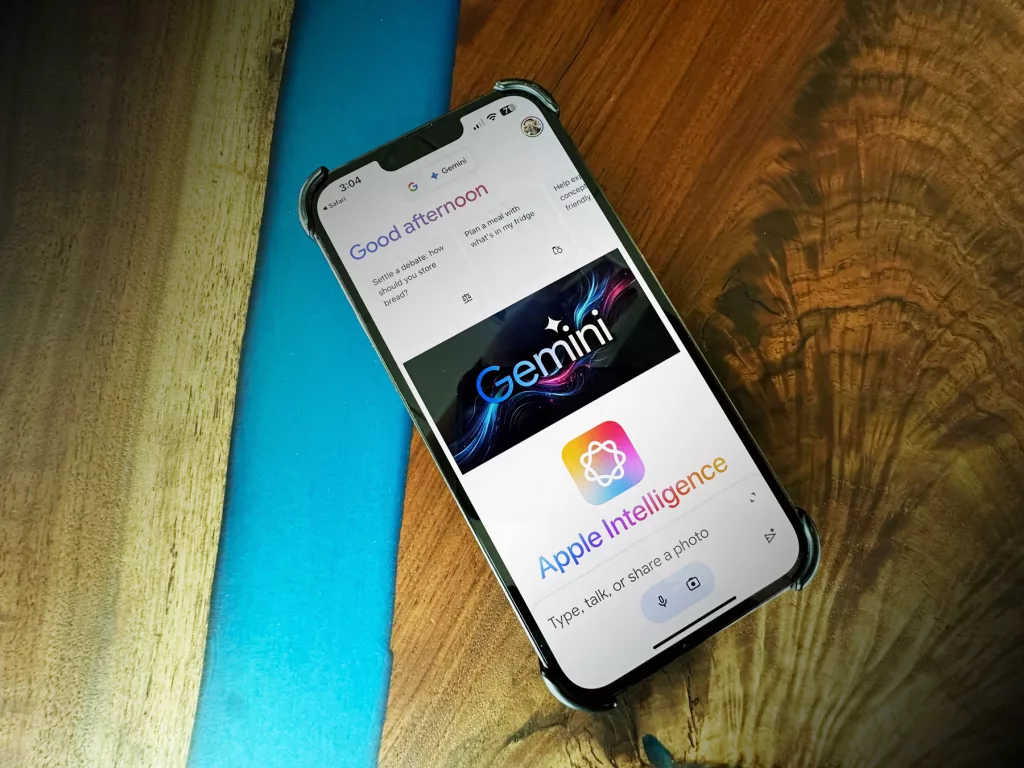Your brand’s website is your home online, representing you and your products or services. But not just on the .com on which it lives, also in Google search results—your real homepage on the internet. Shiny new B2B websites take a lot of work and planning to pull off. Conversion points, SEO, design, etc, all go into the mix of creating a strong, effective website.
Once you’re “through the fire” though, and your new site is live, what’s next?
Hopefully a strong media plan that includes paid social and digital media to make sure your site—and message—gets in front of the right eyes at the right time.
Then visitors, or as we like to call them “potential leads,” hit your website conversion points (your calls-to-action that we want people to click on) and “BOOM,” you’re on your way to having a record quarter, kings of the B2B world!
But what about the visitors who don’t convert? The ones who are still in the consideration stage of the sales cycle, not yet ready to pull the trigger on a purchase or engagement. How can you stay in front of them to recapture their interest when they are ready to convert?
Turn Your Website Into A B2B Lead-Generating Monster
That’s where a strong CRM (Customer Relationship Management) and inbound marketing strategy come into play.
A CRM tool helps you learn way more about your audience than targeting through traditional media. That’s because you can really stay in front of your audience on an ongoing basis through email, social, and more, and nurture them along into a sale.
You’ve probably heard of some of the more popular CRM systems out there—HubSpot, SalesForce, Zoho, and more. But what can they actually do and how can they supercharge your new website into a lead-driving force with which to be reckoned?
CRM software streamlines and automates your marketing efforts by integrating with most of the other platforms and services you’re already using—including your new website—to collect user data and identify where users are in the sales cycle. This helps better qualify leads and direct your marketing efforts in a more focused, streamlined way. And did we mention it’s all mostly automated?
The easiest way to think about how CRMs and your website can work together is this:
- A user visits your website (through organic, paid media, social, etc.).
- Your CRM platform lays a layer of code on top of your site that cookies the user, tracking their activity (pages visited, links clicked, etc.) while they’re checking out your new website’s content.
- Through strategically placed forms (contact forms, newsletter sign-ups, gated content, etc.) the CRM eventually captures their email address and ties their activity to that email.
- Based on that activity and your goals, the CRM automatically sends communications (emails, text messages, snap mail, chat messages, etc.) to that user when they trip custom triggers that are unique to your website and its content and options.
- These communications continue to tell your story to that user in a way that speaks directly to them, based on what the system knows about their likes and dislikes…nurturing them along the sales cycle until they convert into a customer.
- Rinse, repeat.
Make Your Media Dollars Stretch Even Further
While a normal website visitor from paid media may cost you $5 per click, for example, a CRM gives you the opportunity to continue that relationship with a visitor, getting way more bang for your buck. Without a CRM gathering first party (that’s you!) data into a database you can act on, that $5 paid media click is a one-off. You lose the opportunity to reconnect with that visitor again and again, unless they happen to click through another paid campaign or actively search you out in the future.
Furthermore, as cross-domain cookie tracking quickly comes to an end, the importance of first party data that your brand gathers and leverages from your own digital properties is more important than ever.
New website? Congrats! We’re sure it’s a beauty (and if you need a new website, we’re always happy to help with that, too). Now let’s put it to work making your revenue goals really come to life.




